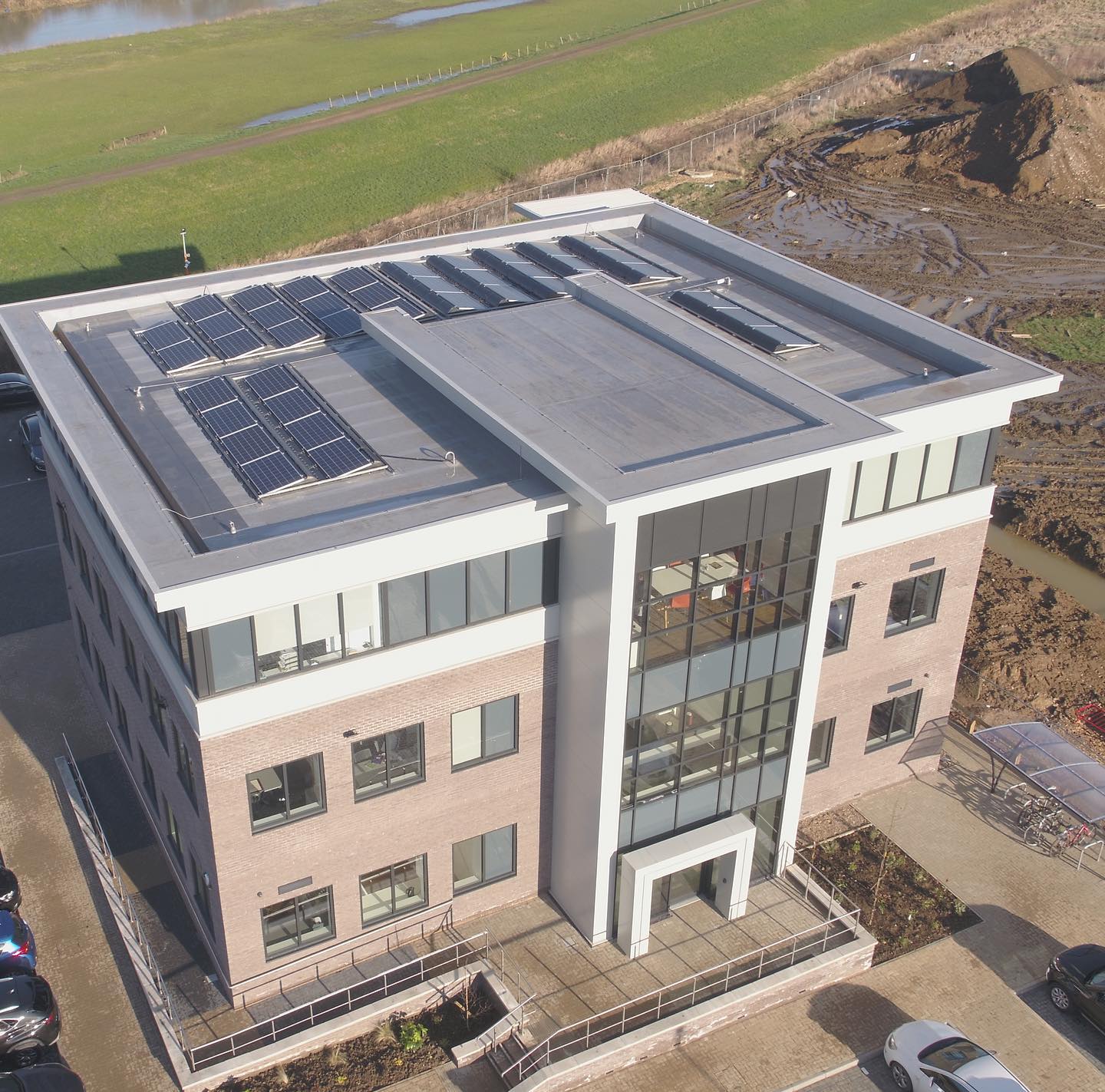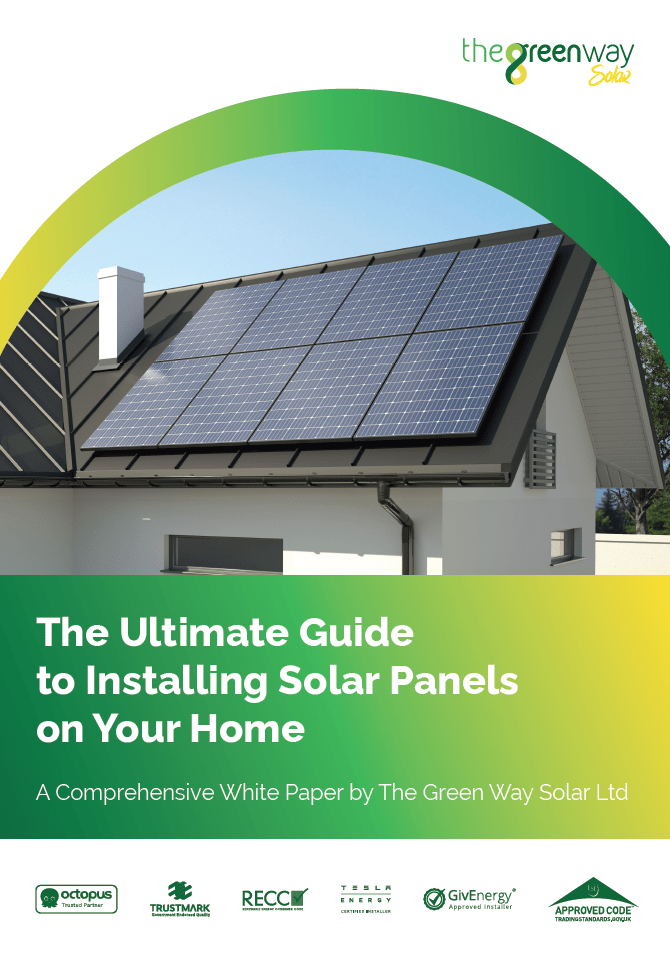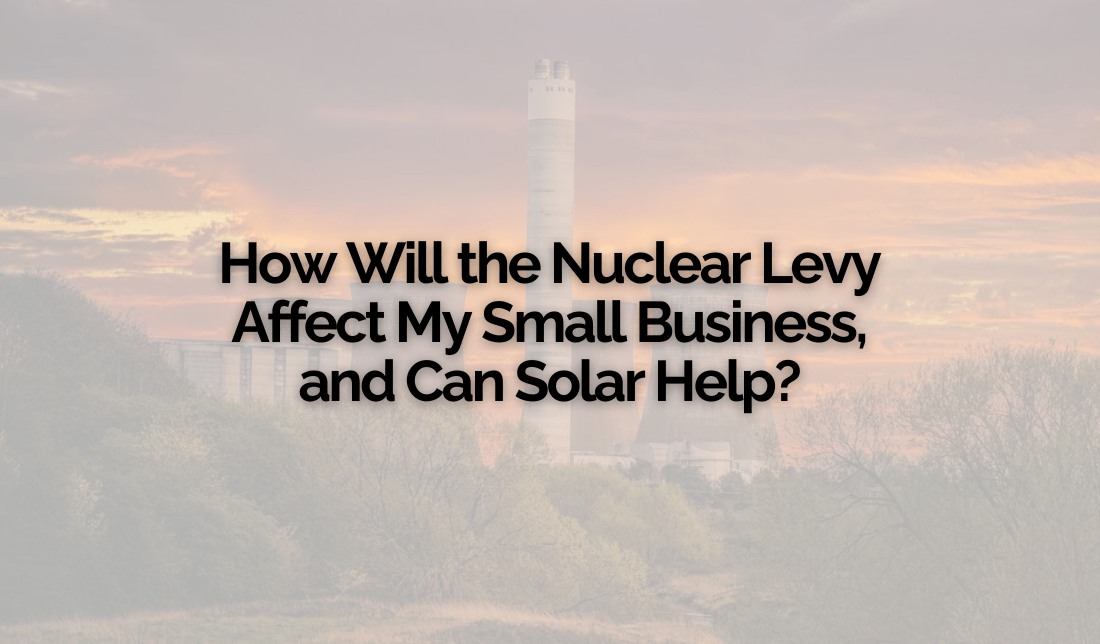
From late 2025, every business in the UK will start paying a new charge on their electricity bills called the Nuclear RAB Levy. It’s designed to help fund the government’s next wave of nuclear power plants, starting with Sizewell C.
Sounds harmless enough, but for many small businesses already wrestling with rising costs, it’s another line on an already painful bill.
So what exactly is it, how much will it cost, and can solar energy help soften the blow? Let’s find out.
What Is the Nuclear Levy?
The Nuclear RAB (Regulated Asset Base) Levy is a funding model that allows investors to recover some of their costs for building large infrastructure projects, such as nuclear plants, before those projects even produce power.
In plain English, part of your electricity bill will go towards paying for nuclear power stations that aren’t generating energy yet.
From November 2025, energy suppliers will start charging around £3.46 per MWh to cover these costs. A smaller operations charge of £0.0028 per MWh will also apply from October 2025 to fund administration.
The government argues it keeps borrowing costs low and supports long-term energy security. For small business owners, though, it’s just another unavoidable charge.
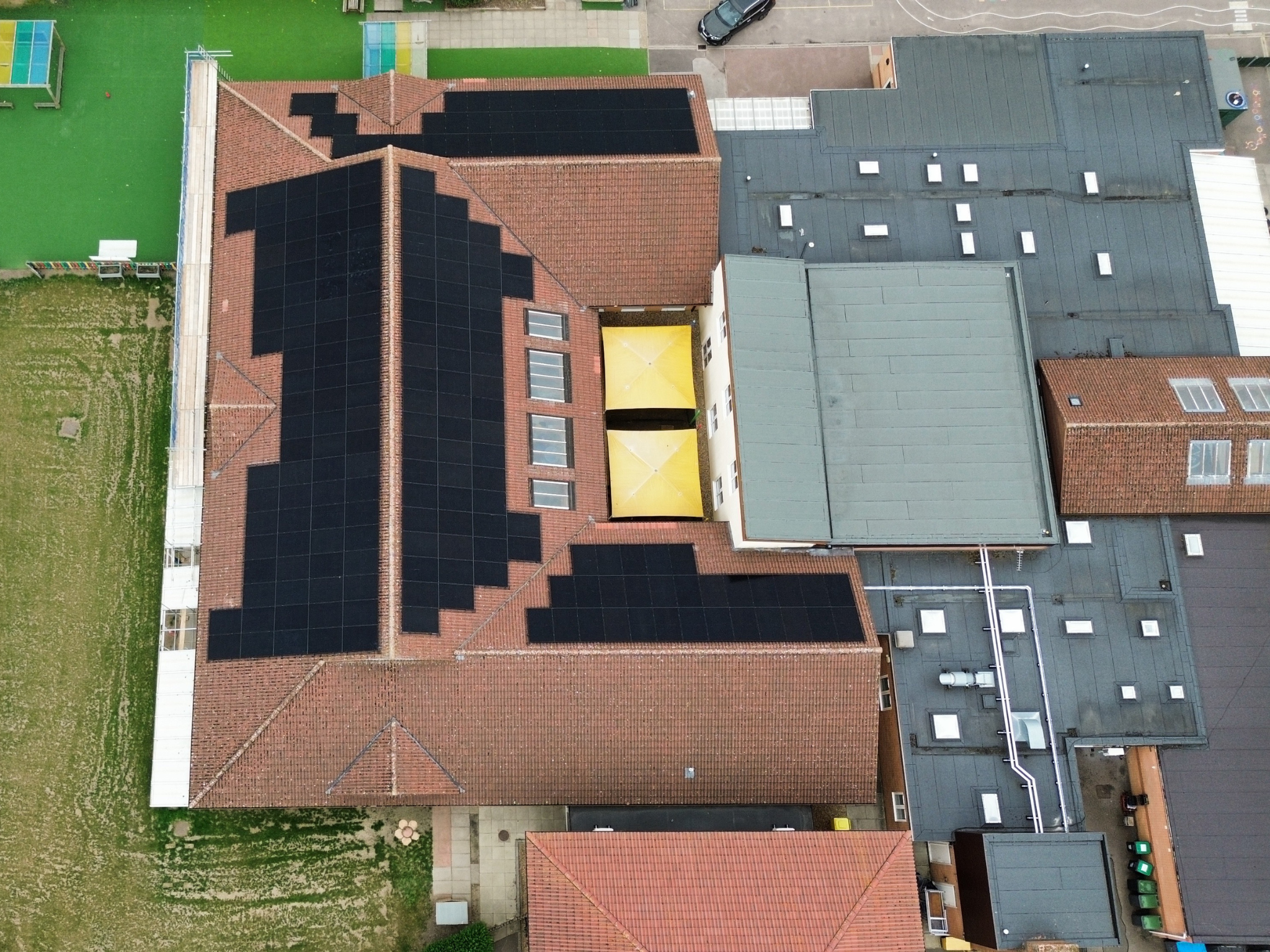
How Much Will It Cost My Business?
That depends on how much electricity you use.
If you consume around 100,000 kWh per year, expect the levy to add roughly £35 to £40 annually. Not much on its own, but it’s yet another example of how small levies stack up and make the grid more expensive to rely on.
If your business uses closer to 1,000 MWh per year, that’s an extra £3,455, and for energy intensive industries like food production, cold storage or manufacturing, that hurts.
While some suppliers might absorb the cost temporarily, it’s inevitable that it will filter down to the customer in time.
Will Solar Help Offset It?
In short, yes, solar can reduce your exposure to this levy and most of the other grid charges that come with traditional supply contracts.
Every unit of power you generate and use on site is one you don’t import from the grid. That means you avoid paying not just for the nuclear levy but also other non-commodity costs that quietly inflate your energy bills.
Here’s how solar helps:
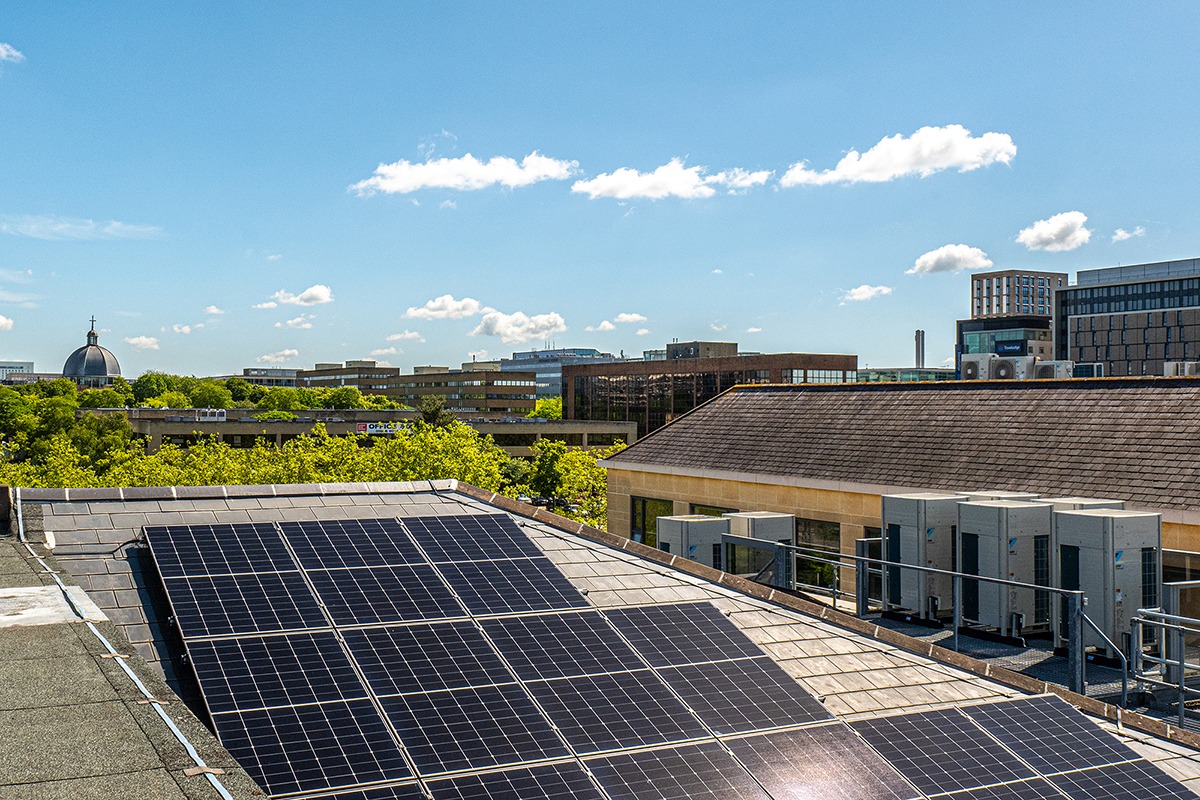
The Business Case in Real Numbers
A small warehouse using 150,000 kWh per year installs a 75 kWp solar array producing around 70,000 kWh annually.
That replaces nearly half of its imported power with clean, free electricity.
At today’s prices, that’s a saving of roughly £20,000 per year, plus the avoided levies and inflation protection over time.
Solar doesn’t just cut today’s bills, it shields you from tomorrow’s surprises.
What Should You Do Now?
Our View at TGWS
The nuclear levy might seem minor, but it’s a clear warning, grid electricity will keep funding national projects. The cost of relying on the grid will only rise.
Solar, on the other hand, is an investment in your business. It gives you independence, stability and control. It’s one decision that pays back for decades.
If you’re a small business owner tired of energy price surprises, solar is your escape plan.
Ready to Explore Solar for Your Business?
Talk to The Green Way Solar today.
We design and install bespoke solar and battery systems that help UK businesses take control of their energy costs and their future.







